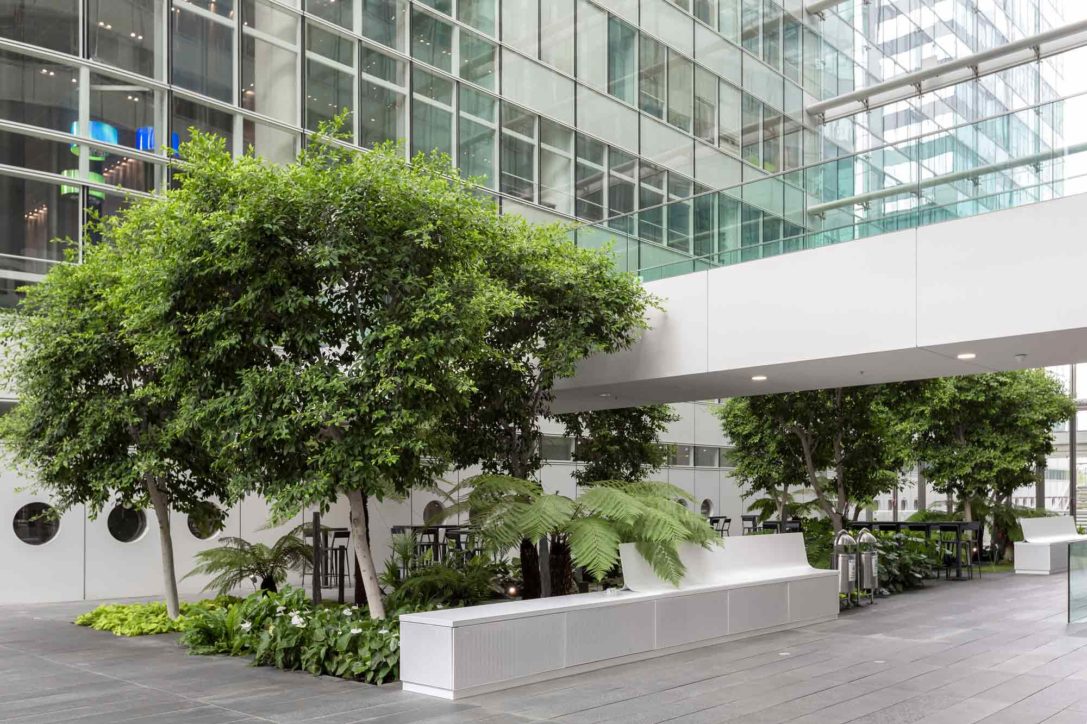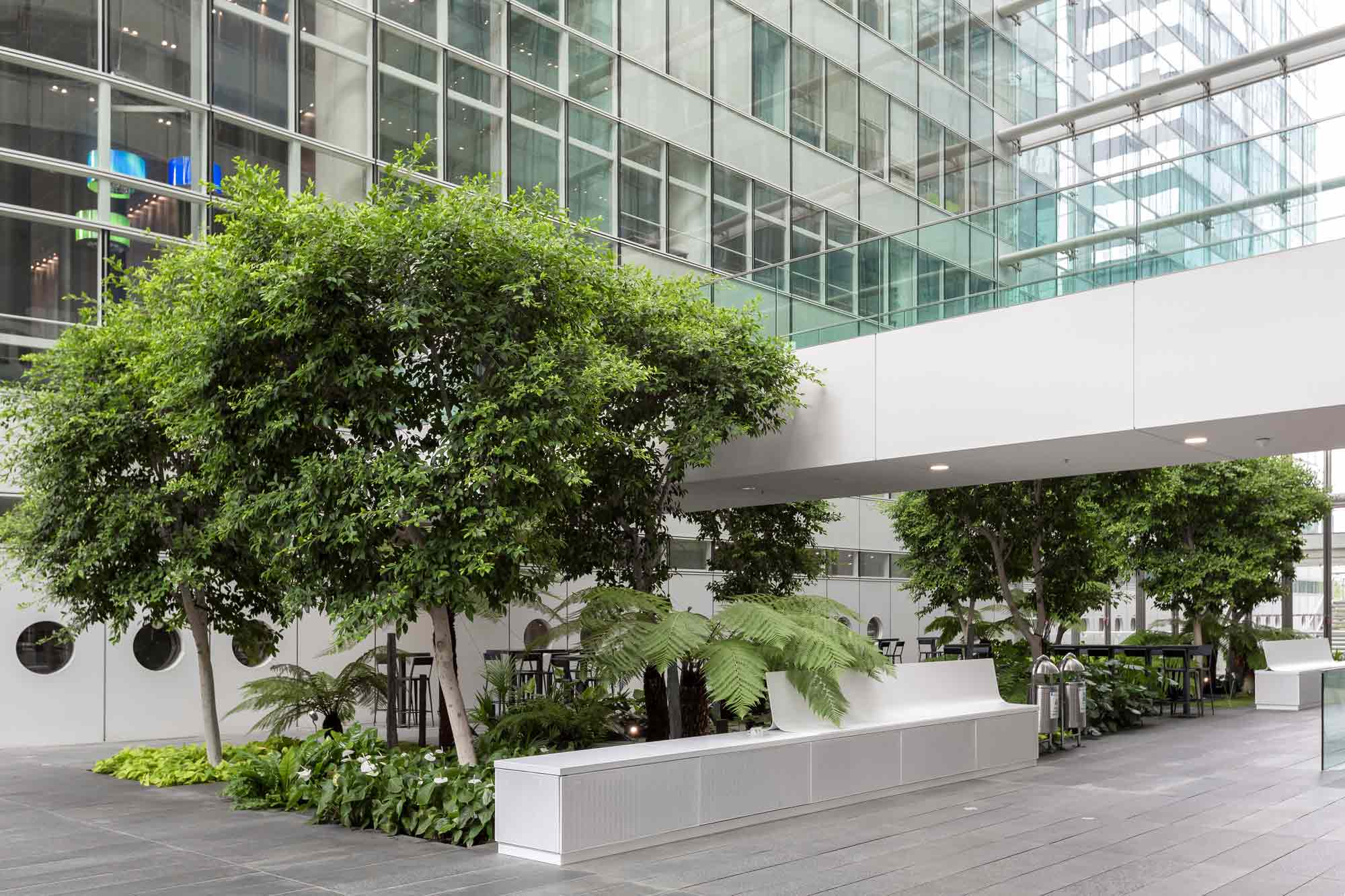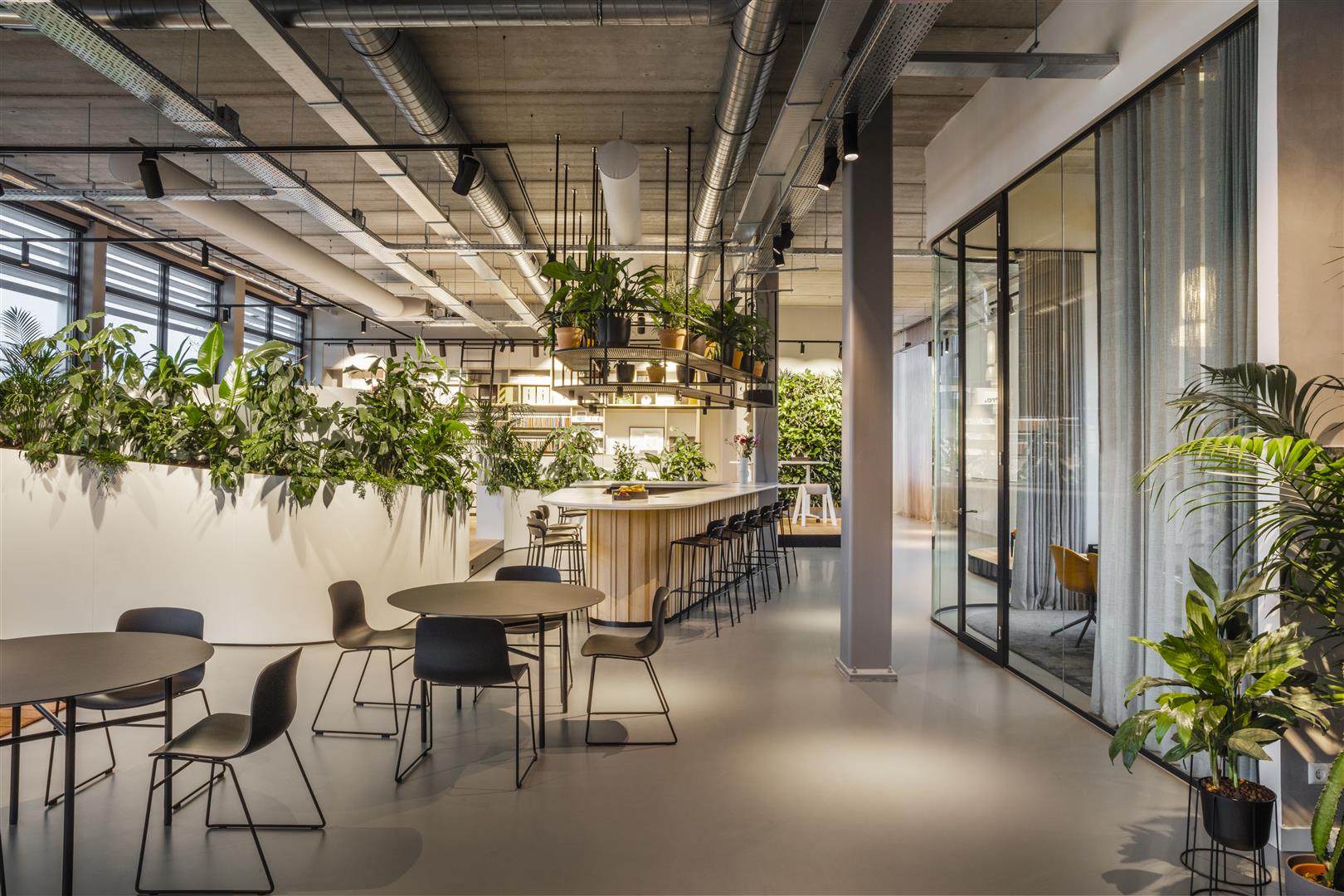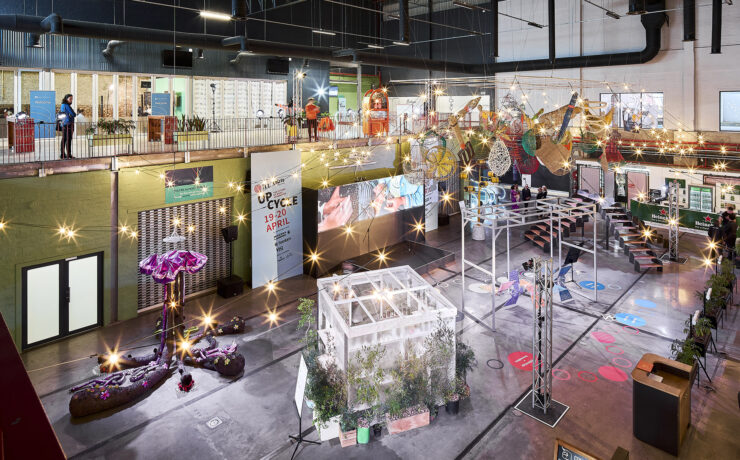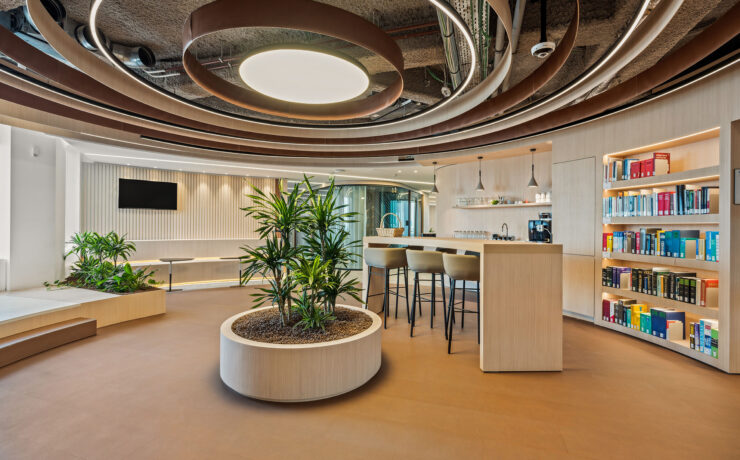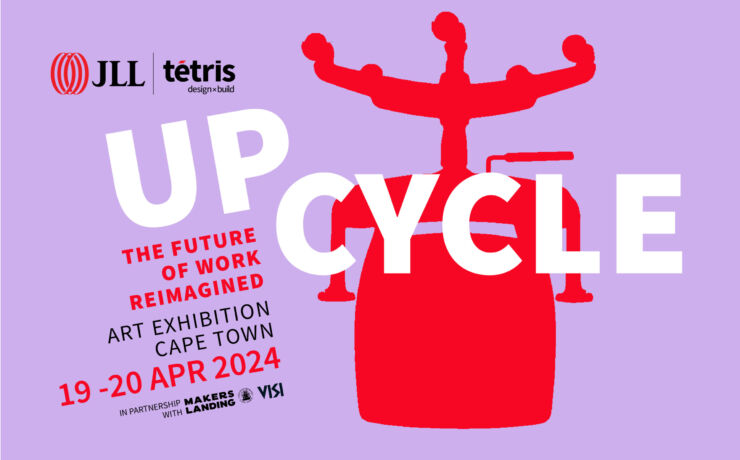Kasha Ströh, interior designer at Tétris, is also a Generation Y employee and can personally vouch for studies that report millennials are inspired by businesses with an ethical approach to society, which includes a strong social and environmental commitment. She discusses what this means to her in the world of design.
Improving the quality of the workplace
Sustainability as part of an effective workplace strategy means designing for people. The two go hand in hand. A sustainable work environment not only improves performance and productivity but perhaps, more importantly, breeds a healthy, happy culture. It’s been proven that workers in green office environments typically experience less stress, have better health and work more efficiently. A Cone Communications Millennial Employee Engagement Study found that 64% of Millennials consider a company’s social and environmental commitments when deciding where to work.
A two-fold approach
Sustainable design strategies are part of the initial build phase (with plans to reduce material waste and use responsible products) and are equally important when considering the long-term environmental impact of a building (installing energy efficient products and solutions).
The bottom line is that resources are running out. It’s a situation that creates significant opportunities for innovative alternatives in the world of fit-out and design. Design has made it possible for us to create sustainable, healthy environments, and the only way we can achieve this is to focus on the way we live.
The Cœur Défense building in Paris, where Tétris and JLL are located, puts this sentiment into practice. BREEAM In Use certified, the building has achieved ratings of Sustainable Building (excellent) and Sustainable Management (very good). Specific levels of eco construction, eco management, comfort and health performance were key to obtaining the rating and these aspects reinforce the important role of sustainability in attracting tenants and retaining employees. The concept of wellbeing and convenience is evident at the core of the Cœur Défense office complex: users benefit from a fitness centre, a variety of restaurants, services and shops, and a premium conference centre.
The Second Nature trend
This building, and many others like it, are highlighting nature-inspired solutions for a healthier workspace, a principle that has become “second nature” to designers and architects. Plants and biophilic design have grown beyond a fashionable nice-to-have to become embedded in design philosophy.
Natural lighting and ventilation are much-discussed aspects of biophilic office design, as is the inclusion of natural elements into the aesthetics of the workplace, from organic patterning to natural materials like stone or wood.
But the trend has taken an inspiring step further into the office design environment.
Maximising transterior design – bringing the outside in
A phrase has been coined that describes the “seamless transition between interior and exterior spaces to ensure a greater connection to nature” (Bush & Durie). It is centred around people’s relationship with plants and draws on the abundant benefits of incorporating all things natural – everything from flora and light to materials and layout – in an office fit-out.
The building integrated agriculture (BIA) concept is taking full advantage of this trend in the commercial office space and is being showcased in offices around the world. This innovative practice includes installing rooftop greenhouses and vertical gardens in corporate spaces, with sustainable and social benefits. An inspiring example is the InteriorWorks office in Amsterdam. Located in a new BREEAM building in Amsterdam-Noord, the interior is WELL certified and incorporates an indoor herb garden used for staff meals, as well as a rooftop garden.
In fact, rooftop garden spaces are becoming increasingly popular in the office context, with urban corporates acknowledging their value as a place for employees to work or take a break in an outdoor setting.
Green office spaces are firmly on the millennial agenda, both for what they offer in terms of lifestyle and facilities, but equally for the impact they have on the planet.

